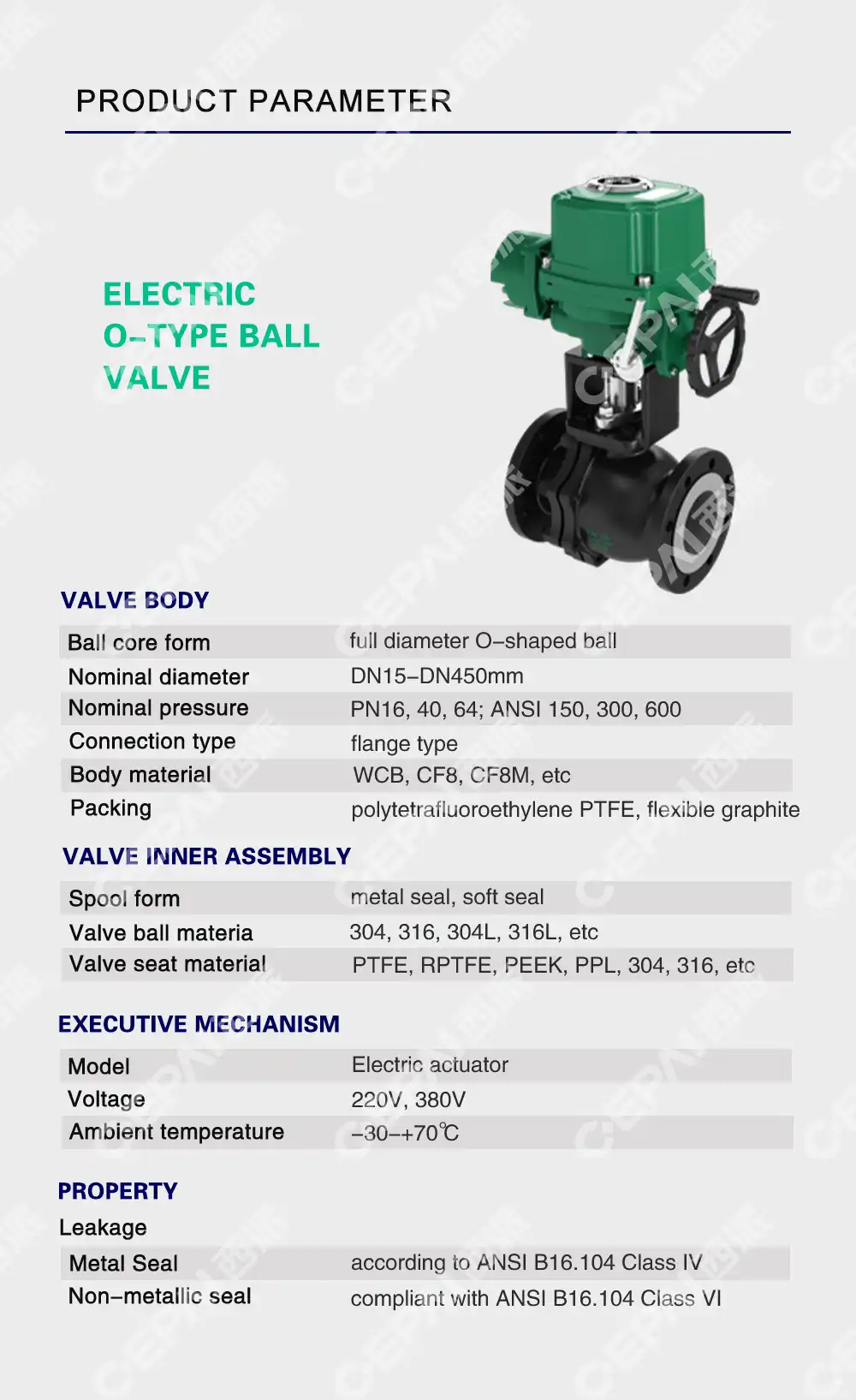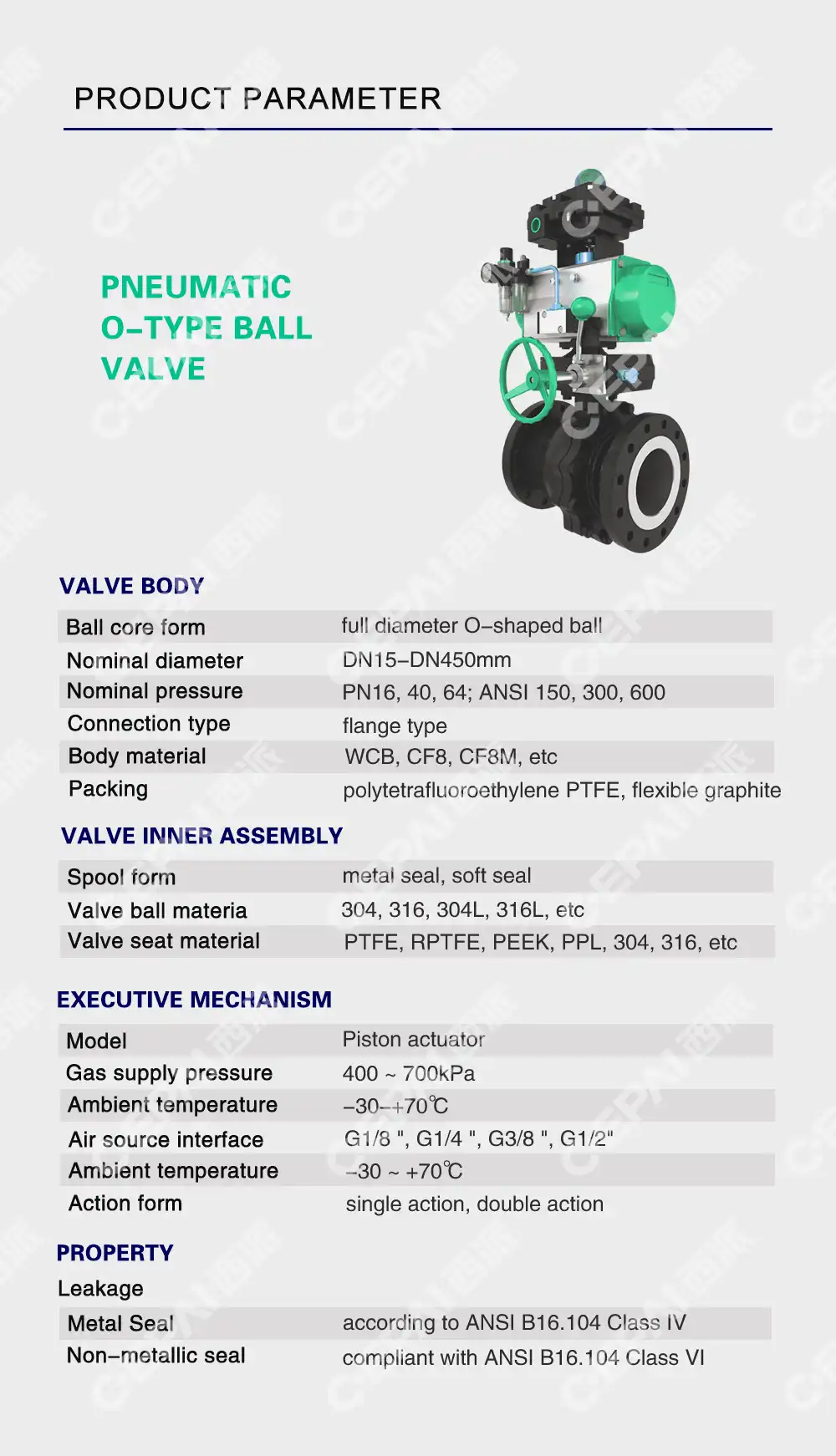Smart Valve Technologies: The Future of Control and Automation
Integration of IoT and AI in Valve Systems
The integration of Internet of Things (IoT) and Artificial Intelligence (AI) is revolutionizing valve technology. Smart valves equipped with sensors and connectivity features are becoming increasingly common. These advanced systems can collect and analyze data in real-time, allowing for predictive maintenance and optimized performance. AI algorithms can predict valve failures before they occur, reducing downtime and maintenance costs. This predictive capability is particularly valuable in critical industries such as oil and gas, where unplanned shutdowns can be extremely costly.
Remote Monitoring and Control
Remote monitoring and control capabilities are set to become standard features in control valves systems by 2025. This technology allows operators to monitor control valves performance, adjust settings, and troubleshoot issues from anywhere in the world. The ability to remotely manage control valves operations not only improves efficiency but also enhances safety, especially in hazardous environments. Companies can reduce on-site personnel requirements while maintaining optimal system performance.
Self-Diagnostic and Self-Adjusting Valves
Self-diagnostic and self-adjusting valves represent a significant leap forward in valve technology. These valves can detect issues within their own systems and make necessary adjustments without human intervention. For instance, a valve might detect wear on its seat and automatically adjust its position to maintain optimal sealing. This level of autonomy not only improves reliability but also extends the lifespan of the valve, reducing replacement frequency and associated costs.
Sustainable and Eco-Friendly Valve Solutions
Environmentally Friendly Materials
The push for sustainability is driving innovation in valve materials. Manufacturers are exploring eco-friendly alternatives to traditional materials, focusing on recyclability and reduced environmental impact. Bioplastics and other sustainable polymers are being developed and tested for use in valve components. These materials not only reduce the carbon footprint of valve production but also offer improved performance in certain applications, such as corrosion resistance in chemical processing industries.
Energy-Efficient Valve Designs
Energy efficiency is becoming a crucial factor in control valves design. Engineers are developing control valves that require less energy to operate, reducing the overall power consumption of industrial processes. This includes innovations in actuator technology, such as low-power electronic actuators and energy-harvesting systems that capture and utilize waste energy from the process flow. These energy-efficient designs not only lower operational costs but also contribute to meeting increasingly stringent environmental regulations.
Valves for Renewable Energy Systems
As the world transitions towards renewable energy, valve technology is adapting to meet the unique requirements of these systems. Specialized valves for solar thermal plants, geothermal facilities, and hydrogen production are being developed. These valves must withstand extreme temperatures, pressures, and corrosive environments while maintaining high efficiency. The growth of the renewable energy sector is creating new opportunities for valve manufacturers to innovate and expand their product lines.
Advanced Materials and Manufacturing Techniques
Nanomaterials in Valve Construction
Nanomaterials are set to play a significant role in valve technology by 2025. These materials offer exceptional properties such as increased strength, improved wear resistance, and enhanced thermal conductivity. Nanocoatings can be applied to valve surfaces to reduce friction and prevent corrosion, extending the lifespan of valves in harsh environments. Additionally, nanocomposites are being developed that combine the best properties of different materials, creating valve components that are both lightweight and durable.
3D Printing and Additive Manufacturing
Additive manufacturing, particularly 3D printing, is revolutionizing control valves production. This technology allows for the creation of complex geometries that were previously impossible or prohibitively expensive to manufacture using traditional methods. 3D printing enables rapid prototyping, reducing development time and costs. It also allows for the production of customized control valves tailored to specific applications, opening up new possibilities for control valves design and optimization.

High-Performance Alloys
The development of high-performance alloys is pushing the boundaries of what's possible in valve design. These advanced materials offer superior strength, corrosion resistance, and temperature tolerance compared to traditional alloys. Nickel-based superalloys, for example, are being used in valves for high-temperature applications in the aerospace and power generation industries. As material science continues to advance, we can expect to see valves capable of operating in increasingly extreme conditions, expanding their range of applications.
Conclusion
Now in 2025, the valve industry is in the midst of a technological revolution. Smart technologies, sustainable solutions, and advanced materials are set to transform the way valves are designed, manufactured, and operated. These innovations promise improved efficiency, reliability, and environmental performance across various industries. As the demand for more sophisticated and sustainable industrial processes grows, valve manufacturers and users must stay informed and adaptable to leverage these emerging technologies effectively. The future of valve technology is bright, with endless possibilities for innovation and improvement.
Contact Us
For cutting-edge valve solutions tailored to your specific needs, look no further than CEPAI Group. Our team of experts specializes in developing state-of-the-art control valves and related equipment for the oil and gas industry. Experience the benefits of our innovative technologies and superior quality products. Contact us today at cepai@cepai.com to learn how we can optimize your operations with our advanced valve solutions.


_1746598538016.webp)



